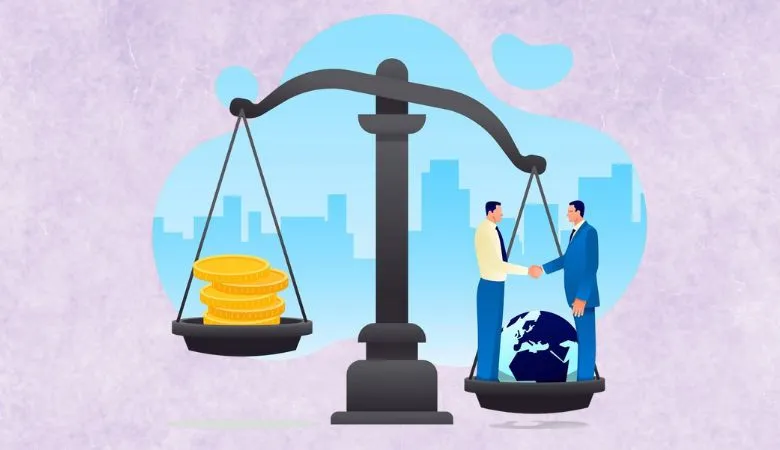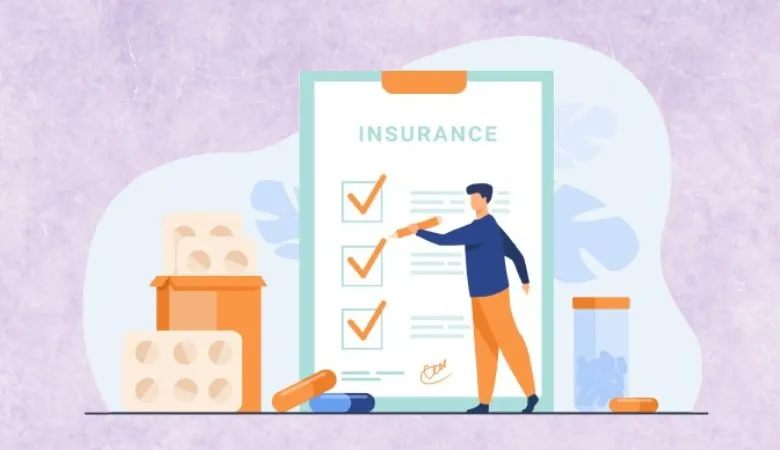Key Insights on General Liability Coverage

Running a business is akin to navigating a complex labyrinth of potential risks and rewards. Protecting your enterprise—a product of immense effort and dedication—from potential adversities is paramount. One of the most indispensable tools at your disposal is general liability insurance. This essential component of business protection guards against a range of incidents, from accidents to property damage that could otherwise threaten your financial well-being or compromise legal standing. Apart from being mere overhead, investing in general liability insurance protects you from the economic vulnerabilities of unforeseen circumstances.
Operating without such a safety net can expose your business to various scenarios, such as lawsuits resulting from on-premises accidents or damages caused to third-party properties. Being ill-prepared for these eventualities can expose your business to severe financial strain, which could weigh heavily on your operations. Understanding that it’s not just about preventing costs—it’s about fortifying your business against interruptions that threaten your operational integrity—allows you to focus on innovating and growing your business confidently.
Introduction to General Liability Insurance
For anyone venturing into business, it’s critical to understand the protective measures available to mitigate risks. General liability insurance is a foundational component encompassing protection against many potential liabilities, including bodily injuries, property damages, and personal and advertising injuries, that could arise from your regular business activities. It stands as a bulwark against the many unpredictabilities that businesses may face regardless of size or sector. While some might perceive it as an additional expense, it emerges as a pivotal investment when viewed through the risk management lens. It allows business owners to concentrate on scaling and innovation, safe in knowing that their interests are safeguarded against unforeseen legal and financial adversities that could stymie progress.

Common Risks Covered
Regardless of their industry, businesses face a spectrum of operational risks daily. Among the more frequent claims are those emanating from injuries and property damage. Slips and trips are reportedly among the most common incidents for which claims are filed. Recognizing the prevalence of such incidents underscores the critical need for businesses to protect themselves with appropriate insurance coverage. General liability insurance addresses such liabilities, acting as a financial cushion that absorbs the shock of these incidents, preventing them from developing into costly disputes that can disrupt daily operations.
The Importance of Having Coverage
The financial ramifications of lawsuits & compensation claims can intimidate companies, especially those with constrained financial reserves. Lacking general liability insurance can render a business deeply vulnerable, as the costs associated with legal proceedings and potential compensations can accumulate rapidly, severely impacting cash flow and operational capacity. By assuming the financial burden of legal fees and potential settlements, this insurance ensures that your business remains resilient in the face of claims. Furthermore, it preserves your organization’s reputation by enabling you to address claims proactively and amicably, often circumventing prolonged legal entanglements that could tarnish your brand’s public image.
Factors to Consider When Choosing a Policy
Selecting the right general liability policy necessitates thoroughly evaluating your business’s unique circumstances. Such considerations include the nature of your operations, the potential liability inherent in your industry, historical claims data, and even geographical risk factors. Business owners should consult insurance experts to tailor coverage that addresses identified business vulnerabilities. This bespoke approach maximizes protection and ensures fiscal responsibility by avoiding over-insurance. Fitting your policy to the dimensions of your business allows you to operate undeterred by overhanging apprehensions about inadequate coverage or wasted resources on unnecessary provisions.
Real-Life Scenarios Illustrating the Need for Coverage
Imagine the bustling ambiance of a neighborhood cafe, where a customer inadvertently slips on a recently mopped floor. Such benign incidents can potentially escalate quickly into substantial liability claims, dealing a financial blow to an unprepared business. In this instance, general liability insurance is pivotal, covering the legal expenses incurred, any necessary settlements, and continued operational interruptions that might arise. Not only does this insurance alleviate the immediate financial burden, but it also assures continuity of operations and mitigates the potential public relations impact of such incidents. This scenario underscores the tenet that even the most diligent businesses are not immune to everyday mishaps, reinforcing the merit of being thoroughly prepared.
Tips for Small Businesses
- Regularly evaluate your insurance needs to ensure coverage remains adequate and aligned with your business growth trajectory.
- Invest in preventive measures, such as staff training and routine safety audits, to minimize the incidence of potentially costly claims.
- Consult experts to remain updated on the most recent insurance products and offerings, ensuring your coverage evolves with industry innovations and threats.
Future Trends in Business Insurance
As technological advancements reshape various sectors, the insurance world is significantly transforming. Integrating digital tools and artificial intelligence into risk assessment frameworks revolutionizes how businesses approach insurance. Insurtech advancements lead this change, facilitating more precise risk evaluations and personalized coverage solutions. Such technologies enable insurers to offer more competitive pricing and innovation-driven policies, allowing businesses to structure insurance solutions that reflect their unique risk profiles and operational demands. This shift towards technology-centered approaches is anticipated to continue shaping the industry, making it essential for business leaders to remain engaged with emerging developments to optimize coverage.
Conclusion
In today’s dynamic and interconnected business world, understanding the role of general liability insurance is pivotal for ensuring operational longevity and stability. By proactively securing the appropriate coverage, businesses protect their assets and guarantee the resilience required to withstand and thrive amidst challenges. Approaching insurance with informed diligence allows businesses to dedicate their energies towards expansion and innovation, free from unexpected liabilities. In sum, embracing a comprehensive understanding of general liability insurance’s nuances is essential.
